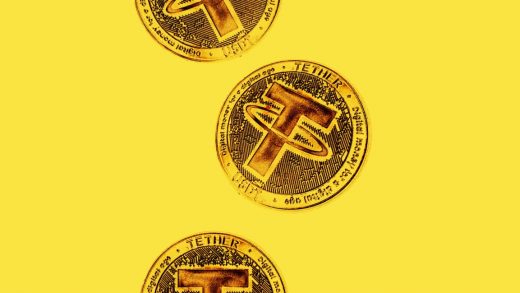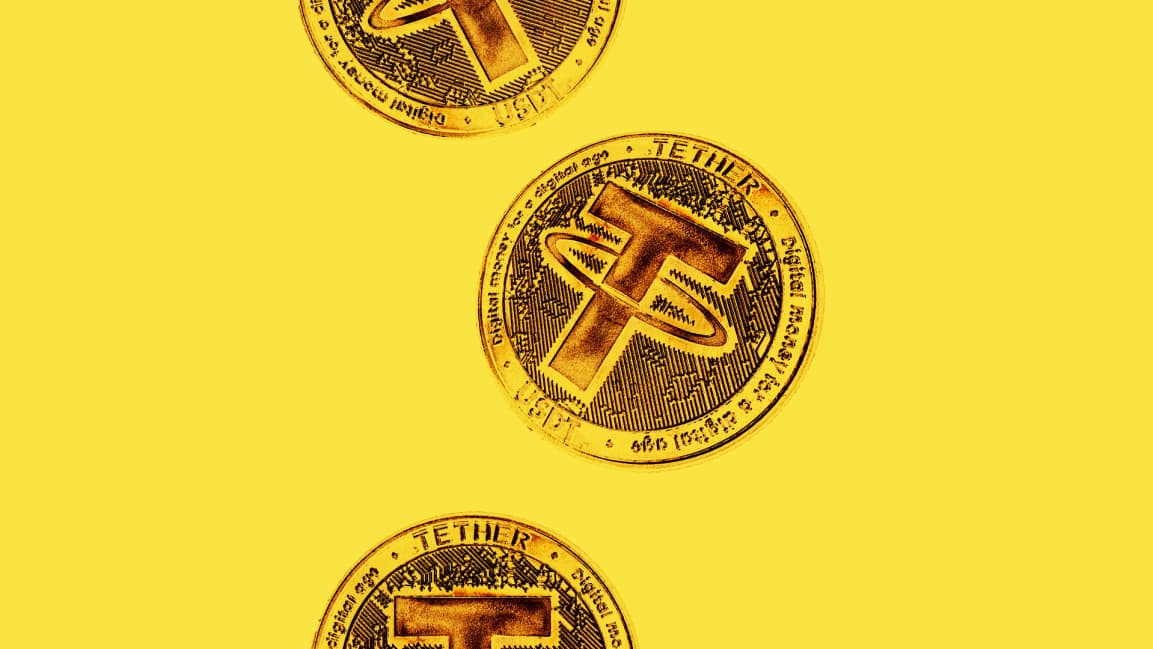What’s happening with Tether? Investors flee amid fears of the next stablecoin crisis
May 17, 2022
After Terra USD’s downfall last week bared the flaws in the mechanisms meant to buffer stablecoin volatility, investors have been unsurprisingly squirrelly on other pegged cryptocurrencies.
Now Tether—the world’s largest stablecoin by market capitalization, and the third largest token overall—is feeling the fallout. In the past week, investors withdrew over $7 billion from the cryptocurrency amid jitters in the market, bringing its total value in circulation down 9% from $83 billion to $76 billion.
While Tether and Terra USD are both pegged to the price of the U.S. dollar, the mechanisms they use to stabilize that price differ. Terra’s collapse stemmed from the failure of a system of algorithms meant to control the token’s price by manipulating its supply, as a so-called “algorithmic stablecoin” of which investors are now wary.
But what’s likely causing investors to flee Tether is the fact that its mechanisms are still unclear—which has been the subject of controversy in recent years.
Its coins are said to be backed by reserves of fiat currency collateral, which would make it among the stable-est of stablecoins, alongside the likes of USD Coin, which is backed in a 1-to-1 ratio by dollars stored in a bank. Similarly, Tether once claimed to be backed solely by a 1-to-1 ratio of dollar bills.
However, a string of litigation starting in 2019—including a probe for financial mismanagement by the New York Attorney General—has revealed that to be untrue: In April 2019, Tether’s lawyer stated each coin was backed by 74 cents in cash or cash equivalents. Then in May 2021, Tether published a report showing that just 2.9% was backed by cash, while the rest was in a range of assets including 49.6% commercial paper—a short-term, unsecured debt issued by companies, which offers investors very little recourse in the event of a default.
Critics have also pointed out the apparent lack of auditing of Tether’s self-published reports—especially as the composition of its reserves has supposedly shifted to include more solid assets. In August 2021, it published a second report showing the cash backing had grown to 10.2%, and that a large slice of the pie chart was now in Treasury bills—a short-term debt obligation fulfilled by the federal government, which had grown from 2.2% to 24.7%.
And amid last week’s crisis—which saw the price of Tether briefly fall as low as 95 cents on Thursday, prompting fears of another bank run—Tether’s chief technology officer, Paolo Ardoino, insisted in a Twitter Spaces chat that the majority of its reserves are now in Treasury bills, while it has cut its exposure to commercial paper.
But the question lingers: If every investor were to run from Tether at once, would Tether be able to pay them all out? On Twitter today, Ardoino said the $7 billion has been redeemed “in the blink of an eye . . . We can keep going if the market wants, we have all the liquidity to handle big redemptions and pay all 1-to-1.”
We have redeemed 7B in 48h, without the blink of an eye. How many institutions can do the same?
We can keep going if the market wants, we have all the liquidity to handle big redemptions and pay all 1-to-1.
Yes, Tether is fully backed.— Paolo Ardoino (@paoloardoino) May 17, 2022
However, the investors who lost $50 billion from Terra USD’s demise would likely tell you not to trust, or bet money on, words alone.
Fast Company , Read Full Story
(22)



